Tamales de Elote: Guatemala's Sweet Fresh Corn Tamal Delight
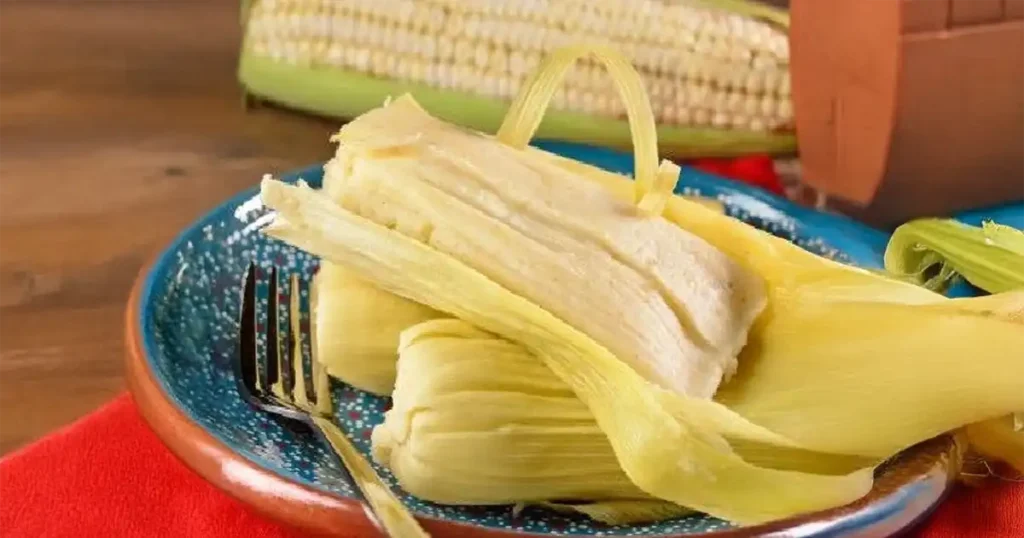
In the rich tapestry of Guatemalan cuisine, where ancient Mayan traditions blend seamlessly with Spanish colonial influences, corn reigns supreme. It's the heart of tortillas, the soul of atoles, and the very essence of countless tamales.
Among the diverse and beloved family of Guatemalan tamales, Tamales de Elote stand out with their unique charm. These tender, often sweet, parcels of fresh corn capture the very essence of the harvest, offering a delightful taste experience that is both comforting and celebratory.
Unlike their savory cousins made with dried corn masa and filled with meats and rich recados (sauces), Tamales de Elote are a tribute to the pure, unadulterated flavor of young, sweet corn. They are simpler in composition but no less significant, representing a cherished treat that connects Guatemalans to the agricultural rhythms of their land.
Join us as we delve into the world of these "sweet corn tamales," exploring their ingredients, the loving process of their creation, their cultural importance, and why they are a must-try for anyone wanting to experience the authentic flavors of Guatemala.
What Makes Tamales de Elote So Special?
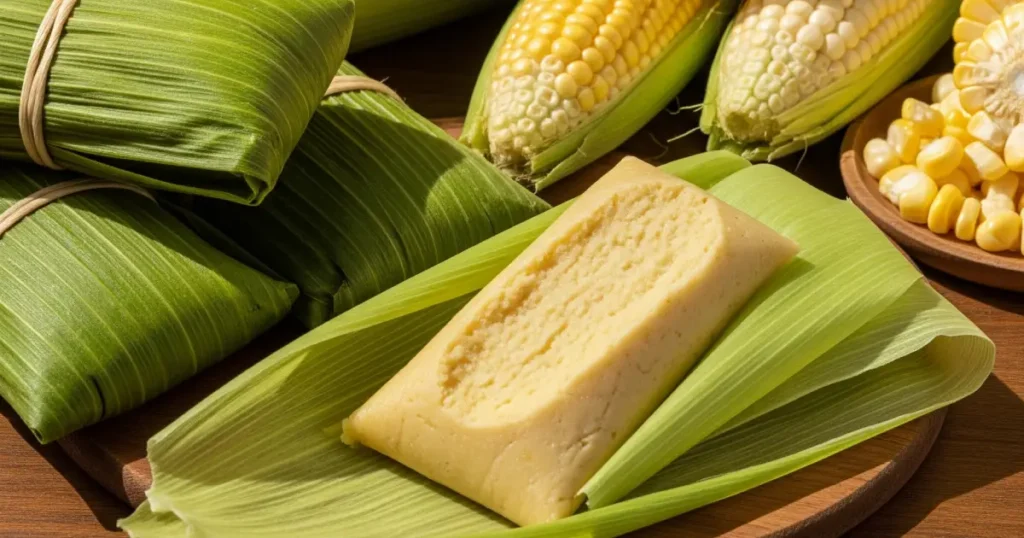
The term "elote" refers to fresh corn on the cob, and this is precisely what sets Tamales de Elote apart. Instead of using dried corn that has undergone nixtamalization (a process of soaking and cooking in an alkaline solution), these tamales are made from the tender kernels of young, sweet corn.
Key Characteristics:
- Fresh Corn Base: The "masa" or dough is created by grinding or blending fresh, milky corn kernels. This results in a much softer, moister, and often sweeter base than traditional tamales.
- Flavor Profile: While variations exist, Tamales de Elote are predominantly known for their subtle to pronounced sweetness, derived naturally from the corn itself and often enhanced with a bit of sugar. Some regional or family recipes might lean towards a more savory profile, but the sweet version is widely cherished. They typically do not contain meat or spicy sauces.
- Texture: The texture is generally softer, more pudding-like, or akin to a very moist, tender cornbread compared to the firmer, more doughy texture of tamales made with dried masa.
- Wrapping: They are traditionally wrapped in fresh green corn husks – the very same husks that cradled the corn cobs. This not only utilizes the whole plant but also imparts a delicate, fresh corn aroma during steaming.
These delightful tamales are often considered a dessert, a breakfast item, a light snack, or a special accompaniment to a cup of Guatemalan coffee, rather than a main savory course.
The Soul of the Tamal: Elote Fresco (Fresh Sweet Corn)
The quality and type of corn used are paramount to the success of a delicious Tamal de Elote. Guatemala, being the cradle of corn domestication, boasts a rich diversity of maize varieties.
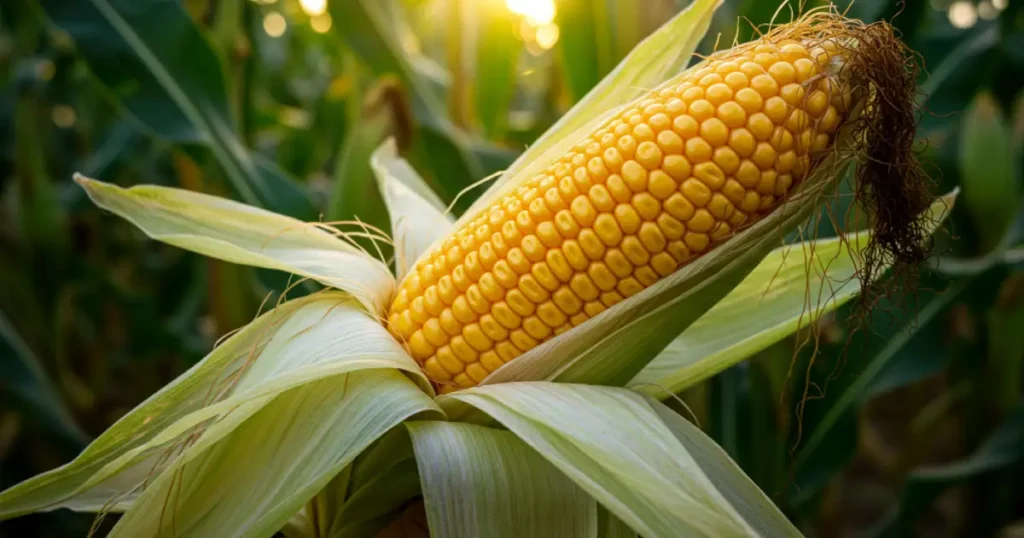
Selecting the Perfect Corn:
- Maturity: The ideal corn for Tamales de Elote is young and tender, with plump kernels full of milky liquid. If the corn is too mature and starchy, the tamales will be tougher and less sweet. Conversely, if it's overly young, the yield of "masa" might be less. Guatemalans often have a keen eye for selecting cobs at their peak for this purpose.
- Sweetness: While many traditional field corn varieties are used, those with a higher natural sugar content are preferred for the sweeter versions of these tamales.
- Preparation: The fresh corn kernels are cut from the cob. Some recipes also call for scraping the cobs afterwards to extract all the remaining "milk," which adds more flavor and moisture to the batter. This fresh corn is then ground, traditionally using a molino de mano (hand grinder) or nowadays, more commonly, a food processor or blender.
The natural sweetness and inherent moisture of the fresh elote mean that less liquid and sometimes less fat are needed compared to recipes using dried masa harina. This allows the pure flavor of the corn to shine through brilliantly.
Anatomy of a Guatemalan Tamal de Elote
The construction of a Tamal de Elote is beautifully simple, highlighting the primary ingredient.
The "Masa" - A Fresh Corn Batter:
Unlike the kneaded dough of other tamales, the base for Tamales de Elote is more of a thick batter.
- Grinding: Fresh corn kernels are ground to a consistency that can range from relatively smooth to slightly chunky, depending on preference. This "masa fresca" (fresh dough) is the heart and soul of the tamal.
- Additions:
- Sweeteners: Granulated sugar is commonly added to enhance the natural sweetness. The amount varies, from just enough to complement the corn to creating a distinctly dessert-like tamal.
- Flavorings (Sweet): Cinnamon is a very popular addition, lending a warm, comforting spice. A touch of vanilla extract can also be used.
- Fats: Butter or occasionally lard (manteca) might be incorporated for richness and a softer texture, though some recipes are leaner, relying on the corn's own moisture.
- Leavening: A little baking powder is often added to give the tamales a slightly lighter, fluffier texture.
- Salt: A pinch of salt is crucial, even in sweet versions, as it balances and enhances the overall flavors.
- Savory Notes: For less common savory versions, salt would be the primary seasoning, and one might find finely chopped green chilies or a small amount of crumbled fresh cheese (queso fresco) mixed into the batter.
The Wrapping: Hojas de Elote Frescas (Fresh Corn Husks)
The most traditional and visually appealing wrapping for Tamales de Elote is the fresh green husks from the same corn cobs used for the batter.
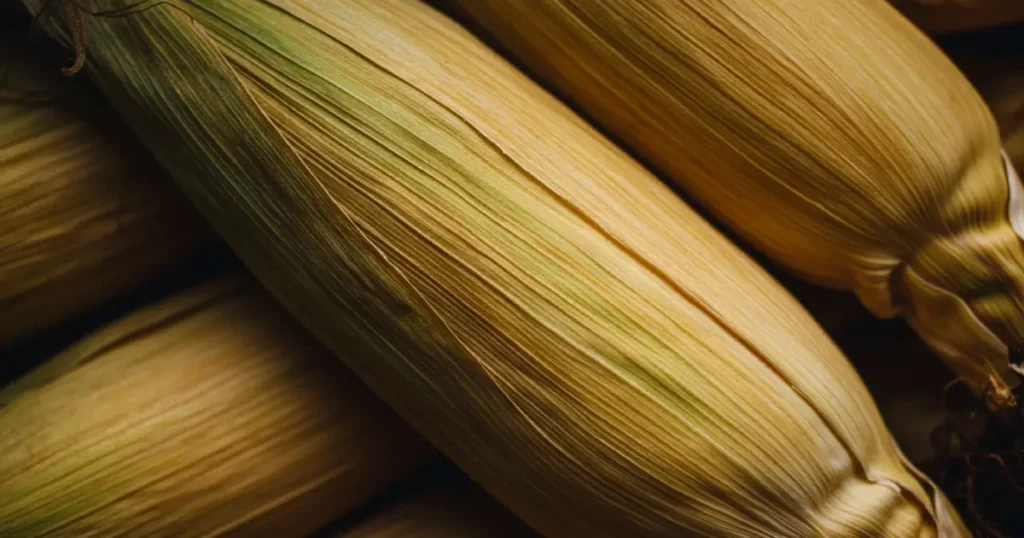
- Selection and Preparation: The larger, more pliable inner husks are carefully separated. They are washed and sometimes briefly wilted in hot water or over a flame to make them more flexible for wrapping.
- Contribution: These green husks not only provide a natural, biodegradable vessel but also impart a subtle, fresh, grassy corn aroma to the tamales as they steam. The vibrant green color fading during cooking is a visual cue of their progress.
Fillings: Simplicity is Key
Tamales de Elote are typically all about the corn itself. Unlike the elaborate fillings of tamales colorados or paches, these sweet versions generally do not have a central filling.
- Pure Corn Focus: The joy is in the sweet, tender corn batter.
- Occasional Additions: Sometimes, whole corn kernels might be left in the batter for texture. In some variations, a small piece of simple, fresh cheese (like queso fresco or cuajada) might be placed in the center before wrapping, offering a mild, salty contrast to the sweet corn.
The Gentle Art of Crafting Tamales de Elote: A Guatemalan Tradition
Making Tamales de Elote is often a cherished activity, especially during the corn harvest season. The process, while requiring patience, is rewarding.
Ingredients (Typical Sweet Version):
- 10-12 ears of fresh, tender sweet corn (to yield about 6-8 cups of kernels)
- 1/2 to 1 cup granulated sugar (adjust to corn's sweetness and preference)
- 1/2 cup (1 stick) unsalted butter, melted (or lard, or a mix)
- 1 teaspoon ground cinnamon (optional)
- 1 teaspoon baking powder
- 1/2 teaspoon salt
- Optional: 1/4 cup milk or cream if the corn batter seems too thick
- Fresh corn husks from the cobs, for wrapping
Equipment:
- Sharp knife for cutting kernels
- Food processor, blender, or traditional corn grinder
- Large mixing bowl
- Steamer pot (tamalera) or a large stockpot with a steaming rack
Instructions:
- Prepare the Corn and Husks:
- Carefully shuck the corn, reserving the best, widest, and most pliable inner husks. Set these husks aside. Discard any very tough outer husks or those that are too small or torn.
- Wash the reserved husks thoroughly. If they seem stiff, you can briefly soak them in hot water to make them more flexible.
- Using a sharp knife, cut the corn kernels from the cobs into a large bowl. After cutting, use the back of the knife to scrape down the cobs to extract all the milky liquid – this is precious flavor!
- Make the Corn Batter:
- In a food processor or blender, process the corn kernels (and their milk) in batches until they form a relatively smooth, thick batter. Some prefer a slightly coarser texture, so don't over-process if you like a bit more texture. If using a traditional grinder, pass the corn through it.
- Transfer the ground corn mixture to a large mixing bowl.
- Add the melted butter, sugar, cinnamon (if using), baking powder, and salt. Stir thoroughly until everything is well combined.
- Taste the batter. Adjust sugar or salt if needed. The consistency should be like a thick pancake batter. If it seems overly thick (especially if your corn wasn't very juicy), you can add a tablespoon or two of milk or cream.
- Assemble the Tamales:
- Take one of the prepared fresh corn husks. Lay it flat with the naturally cupped side up and the pointed end facing away from you.
- Spoon about 1/3 to 1/2 cup of the corn batter (depending on the size of the husk) onto the wider end of the husk.
- Fold the long sides of the husk inwards, overlapping them over the batter.
- Fold the pointed, narrower end of the husk up towards the center of the tamal, creating a sealed bottom. The wider top end usually remains open or is loosely folded over. Some may tie it with a thin strip of husk or kitchen twine, but often it’s not necessary if well-folded and packed upright in the steamer.
- As you make each tamal, stand it upright (folded bottom down, open or loosely folded top up) in a tray to prevent spilling.
- Steam the Tamales:
- Prepare your steamer pot. Add water to the bottom section, ensuring it is below the steamer rack level. You can line the steamer rack with some leftover corn husks to prevent the tamales from sticking and to add more aroma.
- Carefully arrange the assembled Tamales de Elote upright in the steamer basket. Pack them snugly together so they support each other, but not so tightly that steam cannot circulate.
- Cover the tamales with another layer of corn husks or a clean, damp kitchen towel before putting the lid on the pot. This helps to trap the steam effectively.
- Bring the water to a boil over high heat. Once boiling, reduce the heat to medium or medium-low to maintain a steady, gentle steam.
- Steam the tamales for approximately 60 to 90 minutes. The cooking time will vary based on the size of the tamales, how tightly they are packed, and the efficiency of your steamer.
- Check for Doneness:
- To check if the tamales are cooked, carefully remove one from the steamer (it will be very hot). Let it cool for 5-10 minutes.
- A cooked Tamal de Elote will be firm to the touch, and the "masa" will pull away cleanly from the husk. If it’s still very mushy or sticks excessively, it needs more steaming time. The color of the husks will also change from bright green to a duller, cooked green-yellow.
- Rest and Serve:
- Once cooked, turn off the heat and let the tamales rest in the steamer with the lid on for at least 15-20 minutes. This resting period allows them to firm up further and makes them easier to handle.
- Serve the Tamales de Elote warm. They are traditionally enjoyed by unwrapping the husk and eating the tender corn pudding within.
The Sweet Significance: Tamales de Elote in Guatemalan Culture
Beyond their deliciousness, Tamales de Elote hold a special place in Guatemalan life.
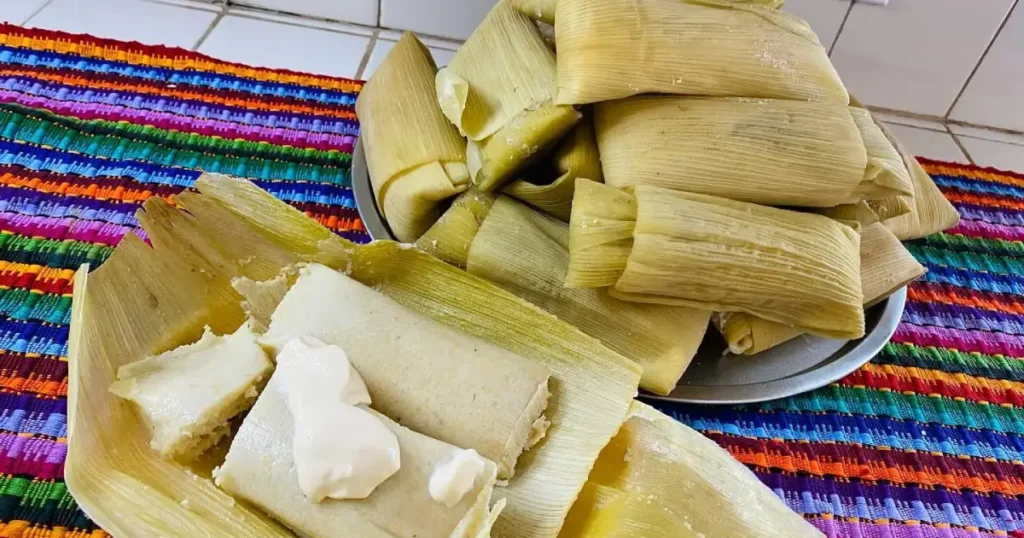
A Seasonal Delicacy:
The availability of fresh, tender corn dictates when Tamales de Elote are most commonly made and enjoyed. They are intrinsically linked to the corn harvest seasons, making them a celebrated marker of nature's bounty. Families often look forward to this time of year to prepare and savor these sweet treats.
Versatile Enjoyment:
- Breakfast or Refacción (Snack): A warm Tamal de Elote with a cup of strong Guatemalan coffee is a popular way to start the day or enjoy as a mid-morning or afternoon snack (refacción).
- Dessert: Their natural or enhanced sweetness makes them a perfect light dessert after a meal.
- Comfort Food: For many Guatemalans, Tamales de Elote evoke feelings of home, childhood, and family gatherings.
Family Traditions and Simpler Pleasures:
The preparation of Tamales de Elote can be a family affair, though perhaps less labor-intensive than some other tamales. The relatively simple ingredients and process make them accessible, representing the beauty of uncomplicated, wholesome food made with love. They are a reminder of the simpler pleasures in life, directly tied to the earth and its cycles.
Corn's Sacred Role:
Corn, or maíz, is not just a food staple in Guatemala; it is a sacred element deeply ingrained in Mayan cosmology and cultural identity. The Popol Vuh, the sacred Mayan text, tells of humans being created from corn. Thus, any dish prominently featuring corn, like the Tamal de Elote, carries an undercurrent of this profound respect and connection to a crop that has sustained Mesoamerican civilizations for millennia.
Finding and Savoring Tamales de Elote in Guatemala
For anyone visiting Guatemala, seeking out authentic Tamales de Elote is a delightful culinary quest.
- Markets (Mercados): Local markets are often the best place to find them, especially during corn season. Vendors may sell them from large steaming pots.
- Street Vendors: Keep an eye out for street vendors, particularly in the mornings or late afternoons.
- Panaderías (Bakeries): Some bakeries or local eateries might offer them as a special.
- Home Kitchens: The most authentic experience is often being invited to share homemade Tamales de Elote with a Guatemalan family.
How They Are Typically Served:
Tamales de Elote are best enjoyed warm. Common accompaniments include:
- Crema Fresca: A dollop of fresh Guatemalan cream (similar to sour cream or crème fraîche but often milder) adds a lovely tangy richness that complements the sweetness.
- Queso Seco or Fresco: A sprinkle of salty, crumbly queso seco (aged cheese) or soft queso fresco (fresh cheese) provides a wonderful sweet-salty contrast.
- Simply Plain: Many prefer them just as they are, to fully appreciate the pure corn flavor.
Tamales de Elote: A Taste of Guatemalan Sunshine
The Tamal de Elote is more than just a sweet corn tamal; it's a bite of Guatemalan sunshine, a taste of the fertile land, and a connection to age-old traditions. Their charm lies in their simplicity, their celebration of fresh ingredients, and the comforting, sweet flavor that delights both young and old.
Whether you encounter them at a bustling market, share them during a family meal, or try your hand at making them in your own kitchen, Tamales de Elote offer a uniquely Guatemalan experience. They are a sweet reminder that sometimes the most unassuming dishes carry the most profound flavors and the richest stories.

Leave a Reply